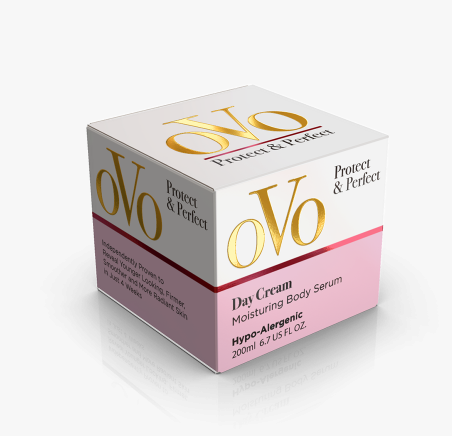10 Essential Aspects of Package Graphic Design
Package Graphic Design is the heart of creating visually compelling and communicative elements on product packaging. Understanding these crucial aspects is fundamental to crafting packaging that captivates consumers and communicates brand messages effectively.
1. Brand Identity and Visual Consistency
Package Graphic Design serves as the visual face of a brand. Consistency in design elements—colors, logos, fonts, and imagery—across various products solidifies brand recognition and fosters trust among consumers.
2. Consumer Psychology in Design
Design elements are strategically chosen to resonate with the target audience. Colors, shapes, and imagery evoke emotions and perceptions, influencing consumer behavior and purchase decisions.
3. Communication and Information Conveyance
Package Graphic Design effectively communicates essential product information. It encapsulates details like product name, ingredients, usage instructions, certifications, and more, presenting this information in a visually appealing and easily digestible manner.

4. Visual Hierarchy and Readability
Establishing a visual hierarchy guides the consumer’s focus on critical information. Fonts, sizes, and contrast are crucial factors in enhancing readability, ensuring quick comprehension and engagement.
5. Differentiation in a Crowded Market
In a saturated market, Package Graphic Design acts as a key differentiator. Creating a unique identity through innovative designs, distinctive colors, or unconventional shapes sets products apart, attracting attention and fostering brand recall.
6. Sustainability and Eco-Friendly Designs
There’s a growing emphasis on eco-friendly packaging design. Integrating sustainable materials and conveying a brand’s commitment to environmental responsibility through design elements aligns with consumer values.
7. Functional Design for Usability
Beyond aesthetics, functional design ensures ease of use, storage, and transport. Designs that complement the product’s functionality enhance the overall user experience.
8. Adaptability Across Platforms
In today’s omnichannel marketplace, Package Graphic Design must adapt seamlessly across various platforms—physical packaging, online stores, social media—to maintain coherence and effectiveness.
9. Innovation and Trend Adoption
Staying updated with design trends and innovations is critical. Embracing new technologies and aesthetics—from minimalist designs to augmented reality integration—keeps packaging fresh and engaging.
10. Regulations and Compliance
Package Graphic Design must adhere to various regulations and standards. Balancing creativity with compliance ensures legal adherence and consumer safety.
Impact and Benefits
Effective Package Graphic Design yields substantial benefits:
- Increased Sales: Eye-catching designs encourage purchase.
- Brand Loyalty: Consistent designs foster trust and loyalty.
- Consumer Engagement: Engaging designs create memorable experiences.
- Market Positioning: Unique designs establish a strong market presence.
Future Trends and Challenges
The future of Package Graphic Design involves:
- Personalization: Tailoring designs to individual preferences.
- Technological Integration: Incorporating augmented reality and interactive elements.
- Sustainability Focus: Continued emphasis on eco-friendly designs.
- Adapting to Technological Advances: Seamlessly integrating technological innovations into designs.
Conclusion
Package Graphic Design is a potent tool that merges artistry with functionality, serving as the visual ambassador of brands. Its ability to communicate, engage, and differentiate products is unmatched. As design trends evolve and consumer expectations shift, Package Graphic Design will continue to shape consumer perceptions and drive purchase decisions, playing a pivotal role in creating packaging that captivates and inspires consumers.


